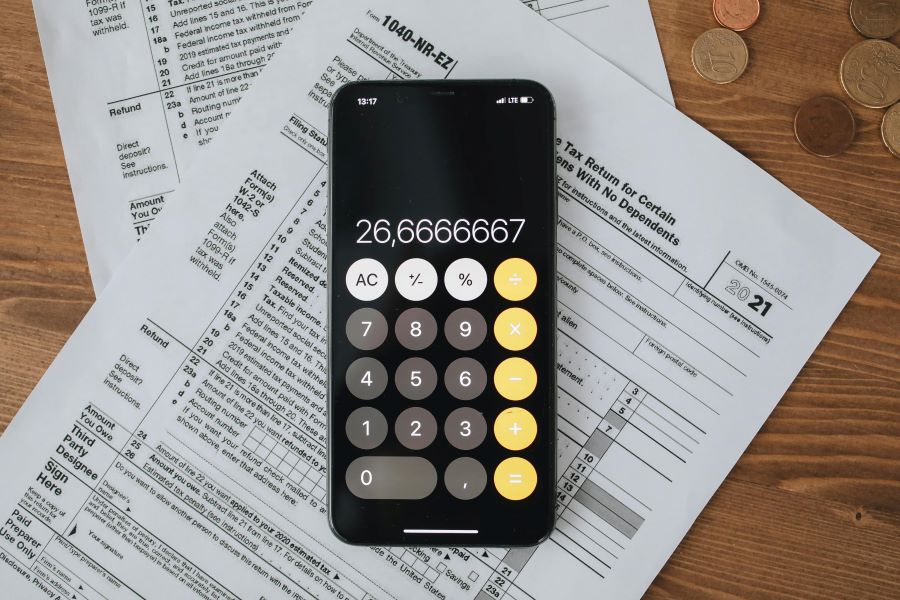In the dynamic landscape of corporate finance, the Delayed Draw Term Loan (DDTL) stands out as a flexible and strategic financing option for businesses. Particularly in India, where economic conditions and business needs are continually evolving, understanding the nuances of a DDTL can be crucial for both lenders and borrowers.
This blog delves into what a Delayed Draw Term Loan is, how it works, its benefits, and its specific application within the Indian financial ecosystem.
Looking for an instant personal loan to boost your finances? Consider Airtel Finance and get the best interest rates on your personal loan, low processing fees, and an easy application process, all through the Airtel Thanks app!
What is a Delayed Draw Term Loan (DDTL)?
A Delayed Draw Term Loan (DDTL) is a type of loan facility that allows the borrower to access funds at a later date, rather than receiving the entire loan amount upfront. The borrower can “draw” the loan in portions over a specified period, based on the project’s cash flow needs or other financial requirements.
This structure provides flexibility and cost efficiency, as interest is only paid on the drawn amounts rather than the entire loan commitment from the outset.
How Does a DDTL Work?
Structure and Terms
- Loan Agreement:
The DDTL is set up with a master loan agreement outlining the total loan amount, the drawdown period, interest rates, fees, and repayment schedule.
- Drawdown Period:
The borrower can access the funds during the drawdown period, which could range from a few months to several years. The specifics of this period are negotiated between the lender and the borrower and are tailored to the borrower’s project timelines and cash flow needs.
- Interest Payments:
Interest is charged only on the amounts drawn, not on the undrawn portion of the loan. This can result in significant cost savings for the borrower compared to a traditional term loan where interest accrues on the entire principal amount from day one.
- Repayment Terms:
Once funds are drawn, they are typically converted into a term loan with a fixed repayment schedule. Repayments may begin immediately after the draw or following a grace period.
Read more: What is credit score and its importance?

Benefits of DDTL
- Flexibility:
Businesses can align their borrowing with their actual cash flow needs, avoiding the burden of paying interest on funds that are not immediately required.
- Cost Efficiency:
Since interest is paid only on drawn amounts, borrowers can save on interest expenses, making DDTLs more cost-effective than traditional personal loans.
- Liquidity Management:
By drawing funds as needed, companies can better manage their liquidity, ensuring they have access to cash without incurring unnecessary costs.
- Project Financing:
DDTLs are particularly suited for projects with staggered funding needs, such as real estate development, infrastructure projects, or large capital expenditures.
Read more: Understand the correlation between credit rating and debt
Application of DDTL in India
In India, the economic environment and regulatory landscape have made DDTLs an attractive option for various sectors. Here’s how DDTLs are typically used:
Infrastructure and Real Estate
India’s rapid urbanization and infrastructure development necessitate large capital investments. DDTLs provide developers with the flexibility to draw funds in phases, aligning with project milestones. This phased approach to funding helps in managing project timelines more efficiently and reduces the interest burden during the initial phases when expenditures might be lower.
Corporate Financing
Corporations engaged in mergers, acquisitions, or large-scale expansions can use DDTLs to manage their funding needs more strategically. By aligning drawdowns with acquisition stages or expansion phases, companies can ensure optimal use of capital and maintain healthy cash flows.
Renewable Energy Projects
The renewable energy sector in India, which includes solar and wind projects, often involves staggered investments. DDTLs enable companies to draw funds in line with project development stages, such as land acquisition, equipment procurement, and installation. This ensures that capital is utilized effectively without incurring unnecessary interest costs during the early stages when expenses are minimal.
Read more: CIBIL score on credit card – minimum & maximum
Regulatory Considerations in India
RBI Guidelines
The Reserve Bank of India (RBI) regulates the banking and financial sector, providing guidelines that affect the structuring and usage of DDTLs. These guidelines ensure that DDTLs are used in a manner that maintains financial stability and transparency.
- Loan Classification and Provisioning:
Banks must classify loans, including DDTLs, based on their risk profiles and make appropriate provisions for potential non-performing assets (NPAs).
- Interest Rate Caps and Regulations:
While DDTLs offer flexibility in terms of interest payments, the RBI has regulations to prevent excessive interest rates, ensuring borrowers are not subjected to usurious terms.
- Documentation and Compliance:
Detailed loan agreements and adherence to compliance norms are necessary to prevent misuse and ensure clarity in terms and conditions.
Read more: Tips to get instant personal loan for self-employed
Challenges and Mitigation
Challenges
- Complex Structuring:
Setting up a DDTL involves intricate structuring and negotiation between the borrower and lender, which can be time-consuming and complex.
- Interest Rate Volatility:
Fluctuations in interest rates can impact the cost of borrowing over time, posing a risk to borrowers.
- Regulatory Compliance:
Ensuring compliance with RBI regulations and maintaining proper documentation can be burdensome for borrowers and lenders.
Read more: Instant personal loan hacks you need to know
Mitigation Strategies
- Expert Consultation:
Engaging financial advisors or consultants can help in structuring the DDTL efficiently and ensuring compliance with regulatory requirements.
- Hedging Strategies:
Borrowers can use hedging instruments to mitigate the risk of interest rate volatility, ensuring more predictable borrowing costs.
- Thorough Due Diligence:
Conducting comprehensive due diligence before finalizing the loan agreement helps in identifying potential risks and structuring the loan to mitigate them.
A Delayed Draw Term Loan (DDTL) offers significant advantages in terms of flexibility, cost efficiency, and liquidity management. In India, where infrastructure projects, corporate expansions, and renewable energy investments are on the rise, DDTLs provide a strategic financing solution tailored to the staggered funding needs of such projects.
FAQs
- What is a Delayed Draw Term Loan (DDTL)? A Delayed Draw Term Loan is a type of loan where funds are made available to the borrower at a later specified date, rather than all at once upfront.
- How does a Delayed Draw Term Loan work? Borrowers negotiate a loan agreement specifying the total loan amount and the timing of disbursements. Funds are drawn in stages as needed, reducing interest costs.
- Who typically uses Delayed Draw Term Loans? Businesses and borrowers with capital expenditure needs or long-term projects use DDTLs to manage cash flow and match funding with project timelines.
What are the advantages of a Delayed Draw Term Loan? DDTLs offer flexibility by providing access to funds as required, minimizing interest expenses until funds are drawn. It suits projects with phased financing needs.


 Get App
Get App  Airtel Store
Airtel Store  Login
Login 


